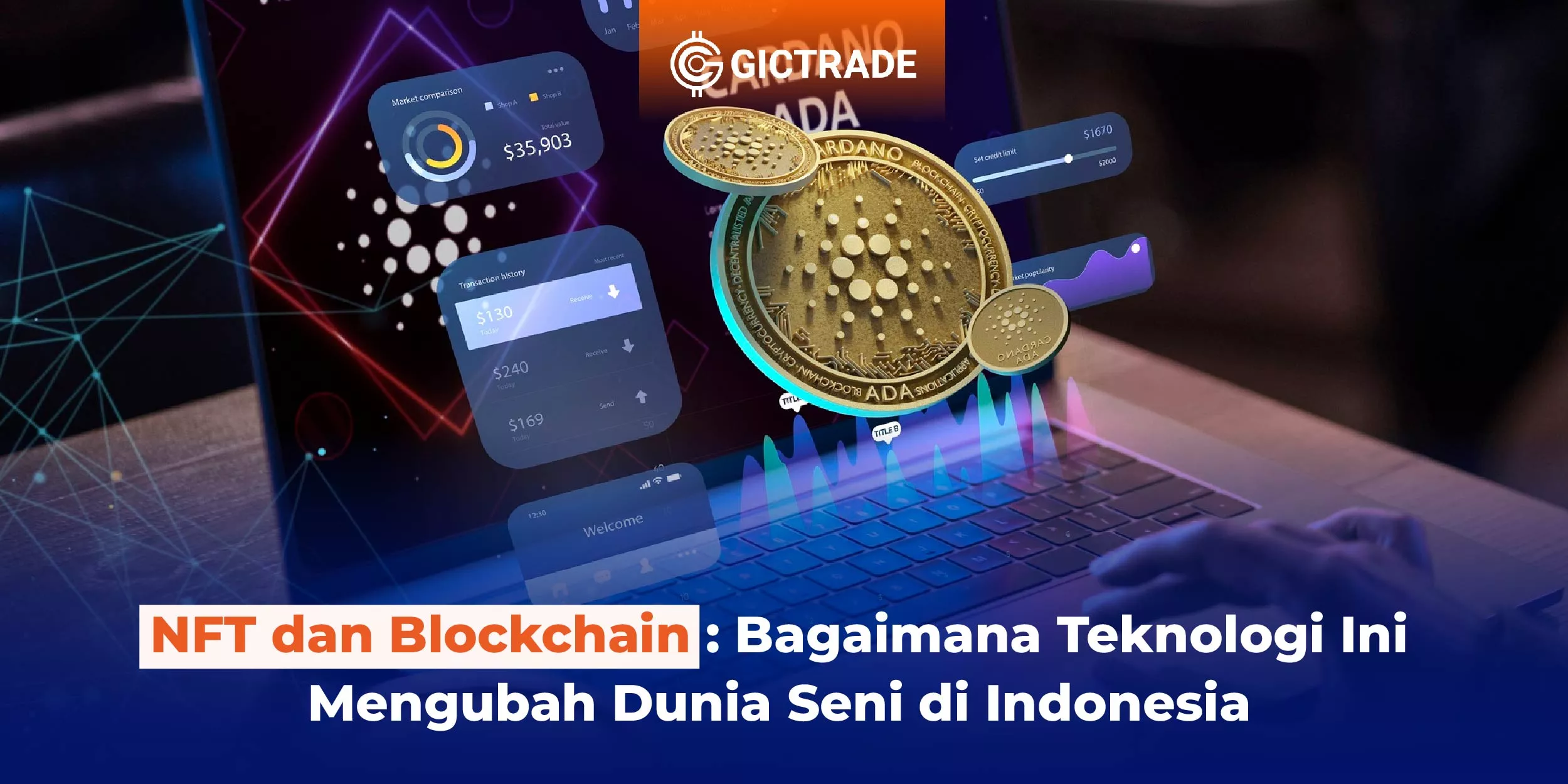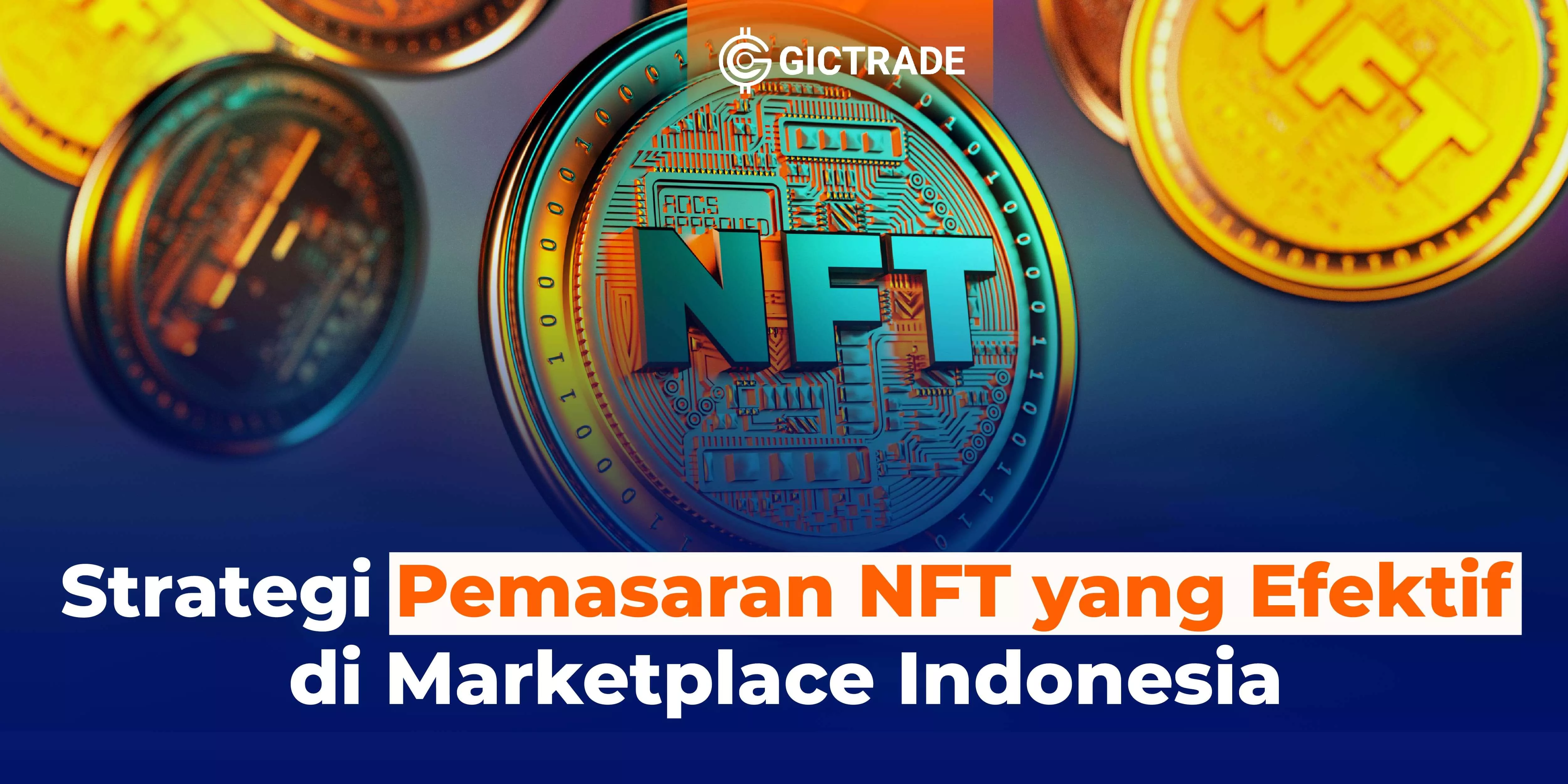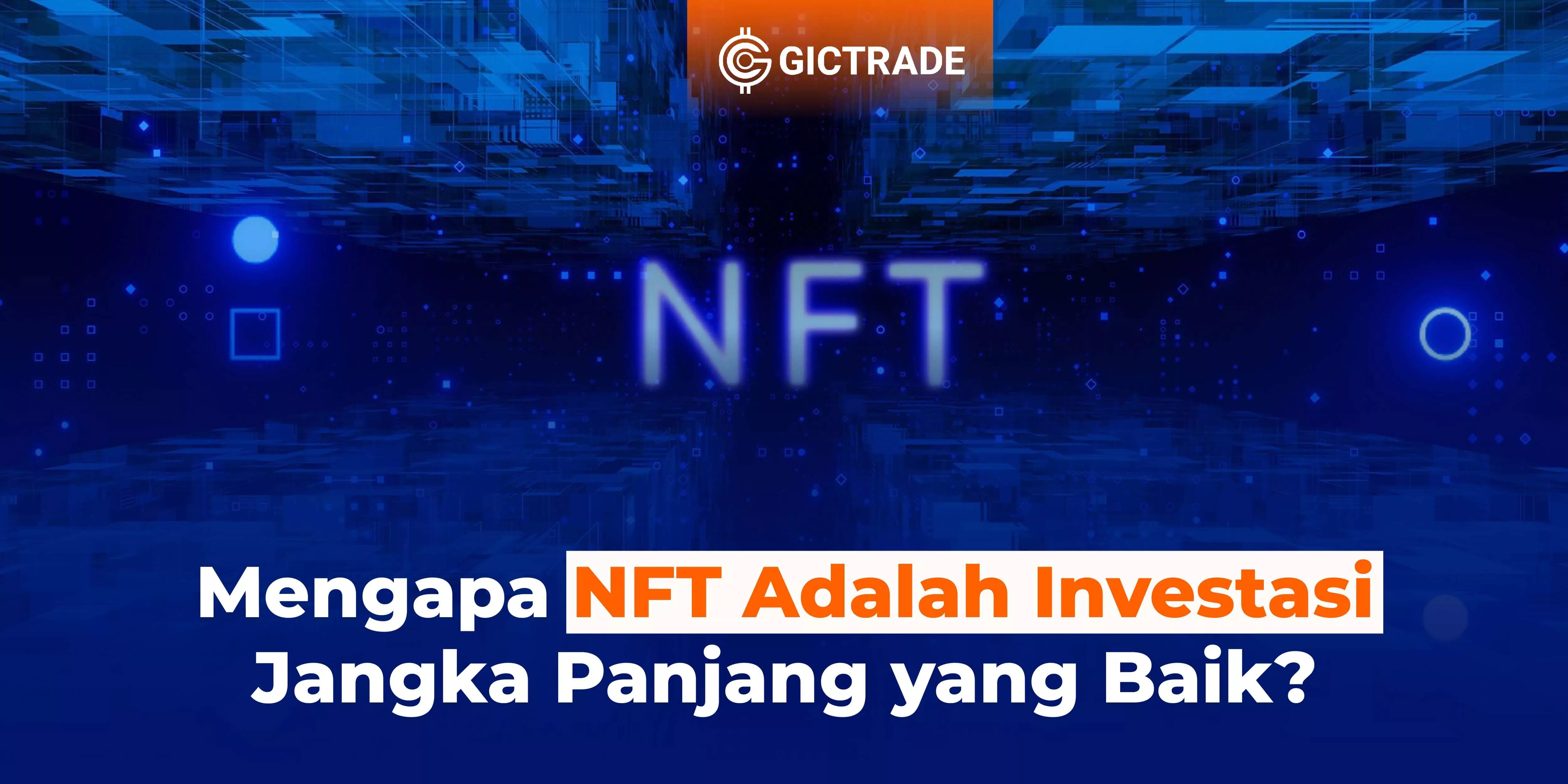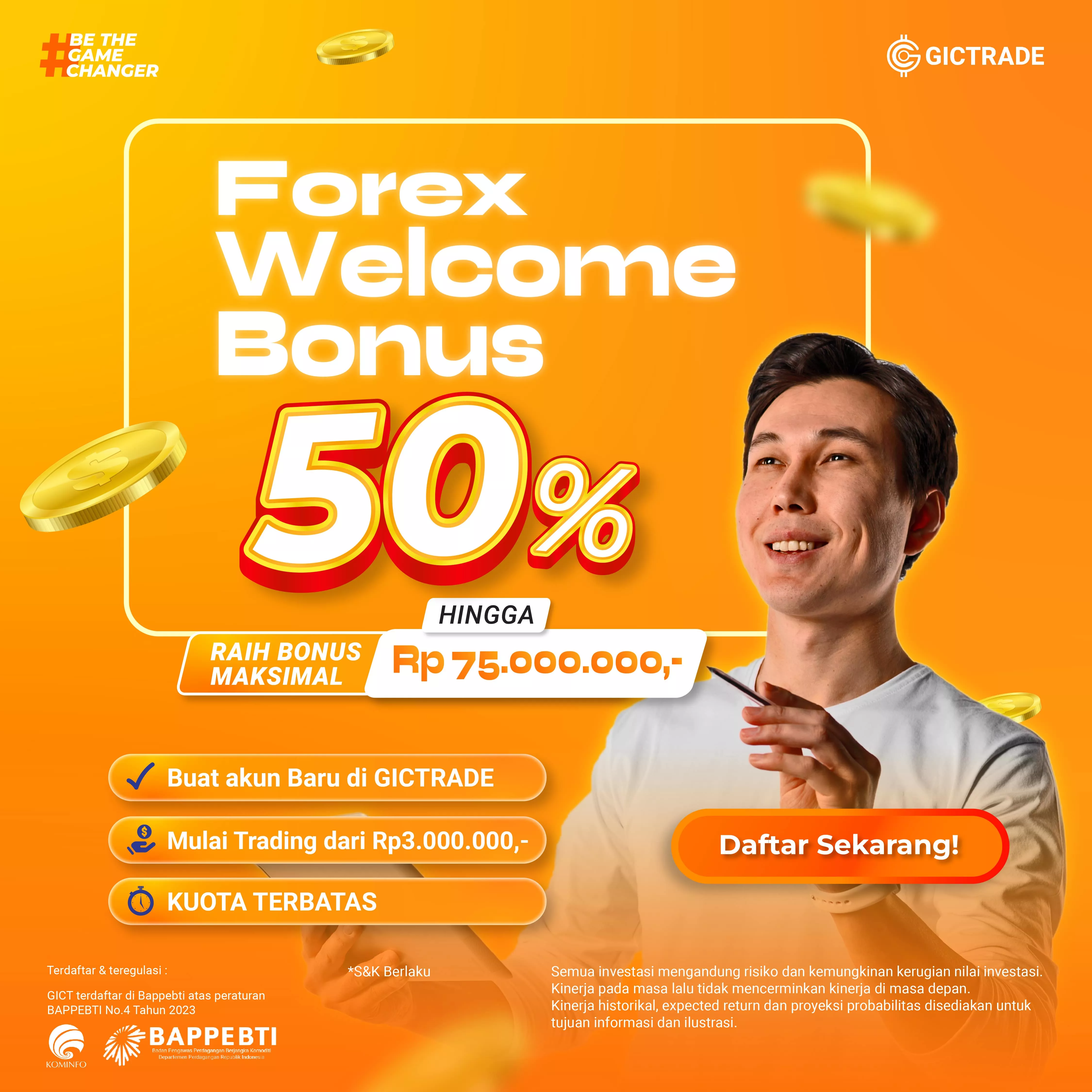NFT and Blockchain - In recent years, blockchain technology and NFTs (Non-Fungible Tokens) have emerged as revolutionary innovations that are changing the landscape of the art world in Indonesia. With the ability to verify ownership and authenticate digital artworks, NFTs and blockchain provide new opportunities for artists, collectors, and art enthusiasts to engage in the digital art ecosystem in unprecedented ways. In this article, we will explore the concept of NFT and blockchain, as well as how this technology has changed the art world in Indonesia. From the acceptance of NFTs among local artists to the increase in fairness in the digital art economy, let's take a look at how NFTs and blockchain have had a significant positive impact on the Indonesian art industry.
Table of Contents
What Is NFT?
NFT stands for Non-Fungible Token, which in Indonesian can be translated as "Non-Fungible Token". As opposed to fungible cryptocurrencies, such as Bitcoin or Ethereum, NFTs are unique digital tokens that are not interchangeable with each other. Each NFT has metadata recorded in the blockchain, which verifies the ownership and authentication of the digital artwork.

How Do NFTs Work?
NFTs work by using blockchain technology, which is a decentralized ledger that records transactions and ownership of digital assets. When an artist creates a digital artwork and wants to make it an NFT, they can upload the work to an NFT platform and create a token that represents the work. These tokens will be sold to collectors or art enthusiasts through auctions or digital marketplaces. Once an NFT is sold, every time the artwork is moved or resold, the transaction will be recorded in the blockchain. This allows artists to continue earning royalties or commissions from each subsequent transaction, as ownership of the artwork is still verified in the blockchain. In this case, NFTs allow artists to monetize their digital artwork in a more transparent and fair way.
NFTs and Art in Indonesia
Indonesia is a country with a rich and diverse art culture. Through the use of NFTs and blockchain, Indonesian artists have found new ways to express their creativity and reach a wider audience. Some Indonesian artists have managed to sell their digital artwork at high prices through global NFT marketplaces, which were previously difficult to achieve through traditional channels. One example of his success is an Indonesian artist named Dede Yusuf. Dede Yusuf is a digital artist who has managed to sell his digital artwork as an NFT at an impressive price. Dede Yusuf's unique and original works have attracted collectors from all over the world, helping to increase the artist's exposure and reputation.
Development of the NFT Market in Indonesia
Along with the increasing interest in NFTs and digital art, the NFT market in Indonesia has begun to grow rapidly. Many local NFT platforms have emerged, providing an opportunity for Indonesian artists to showcase and sell their digital artwork to local and international art enthusiasts. One of the popular Indonesian NFT platforms is "SeniNFT". This platform provides a forum for Indonesian artists to exhibit their digital artworks, as well as facilitate art buying and selling transactions through NFT mechanisms. With these platforms, Indonesian artists can more easily access the global art market and gain recognition for their works.
Advantages of NFTs for Artists and Collectors
NFTs have provided a number of significant benefits for artists and collectors in Indonesia. First, NFTs allow artists to sell their artwork directly to collectors without intermediaries. This allows artists to avoid the costs and requirements often associated with traditional art galleries. Second, NFTs provide an opportunity for artists to earn royalties or commissions from each subsequent transaction. When the artwork is resold, the artist will still get a portion of the proceeds from the sale, which provides greater economic justice in the art industry. Third, NFTs allow artists to interact directly with fans and collectors. By leveraging NFT platforms, artists can communicate, network, and build a community dedicated to their artwork. It provides a more intimate and personalized experience between artists and fans.
Challenges and Criticisms of NFTs
While there are many benefits to the use of NFTs in the art world, the technology also faces challenges and criticisms. One of the criticisms that is often thrown out is the environmental impact generated by blockchain transactions. The crypto mining process used to create and transfer NFTs consumes a large amount of energy, which can negatively impact the environment. In addition, there are also issues related to the use of NFTs for unauthorized artwork or copyright theft. In some cases, unauthorized people may upload someone else's artwork as an NFT and claim it as their own. This poses legal and ethical challenges in terms of intellectual property rights protection.
Get to Know GIC, the Trusted NFT Marketplace Platform in Indonesia!
Immediately make NFT GIC an investment opportunity for you. GIC NFT is the first asset-backed NFT that gives owners full fractional ownership of a market account on GICTrade. GIC Verse launched a wide variety of GIC NFT collections.
The advantage you get is that you can resell at various prices. Each level of NFT GIC has different benefits where each of the NFTs has its own uniqueness and limited stock! By buying NFTs, you will automatically become a Market Maker on GIC. Earn income back every month by becoming a market maker.
Enjoy the convenience of stock trading in just one app, download now!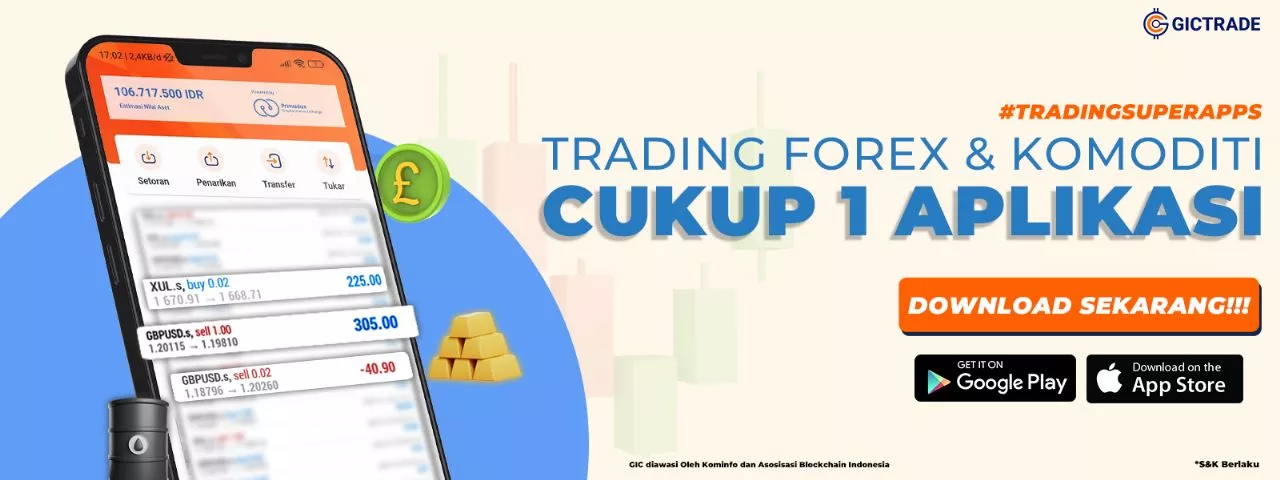
FAQ (Frequently Asked Questions)
1. What is NFT?
NFT stands for Non-Fungible Token, which is a digital token that is unique and cannot be exchanged for each other. Each NFT has metadata recorded in the blockchain, which verifies the ownership and authentication of the digital artwork.
2. How do NFTs work in digital art?
What are the benefits of using NFTs for artists?
3. What are the benefits of using NFTs for artists?
NFTs provide a number of benefits for artists, including the ability to sell artwork directly to collectors, earn royalties from every subsequent transaction, and interact directly with fans and collectors.
4. How is the NFT market developing in Indonesia?
The NFT market in Indonesia is starting to grow rapidly. Many local NFT platforms have emerged, providing an opportunity for Indonesian artists to showcase and sell their digital artwork to local and international art enthusiasts.
5. What are the challenges and criticisms of NFTs?
Some of the challenges and criticisms of NFTs include the environmental impact generated by blockchain transactions that consume a lot of energy, as well as issues related to the use of NFTs for unauthorized artwork or copyright theft.
6. Are NFTs a temporary trend or do they have a bright future?
Despite the controversies and challenges associated with NFTs, many people believe that this technology has great potential in the art industry. With the continued growth of the NFT ecosystem and its wider adoption, NFTs are likely to remain a significant force in the art world in the future.
| Baca Juga : NFT Marketplace Indonesia vs. Pasar Seni Konvensional |
Conclusion
NFTs and blockchain have changed the way we view art in Indonesia. This technology has provided new opportunities for artists to monetize their digital artwork, expand their reach, and build a larger fan community. Although NFTs still face challenges and criticism, their potential in providing economic justice and opportunities for artists is very promising. With NFTs and blockchain, the art world in Indonesia has undergone significant changes, providing a more inclusive and democratic platform for artists to express their creativity. Stay up-to-date with these technologies, as NFTs and blockchain are likely to continue to transform the art world in the future.
 Last:
Last: 